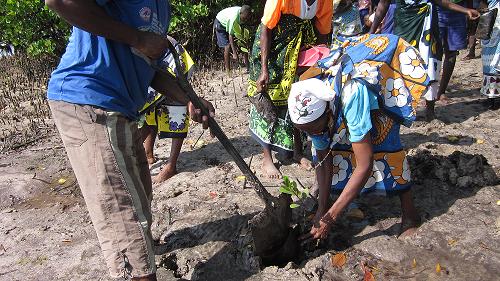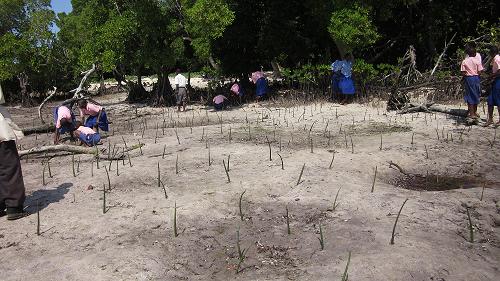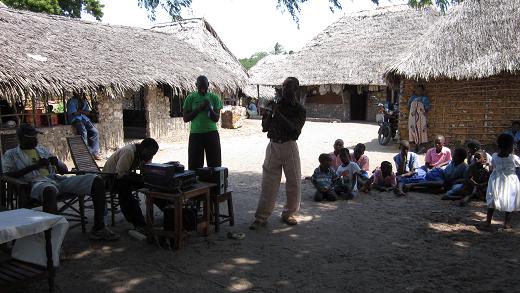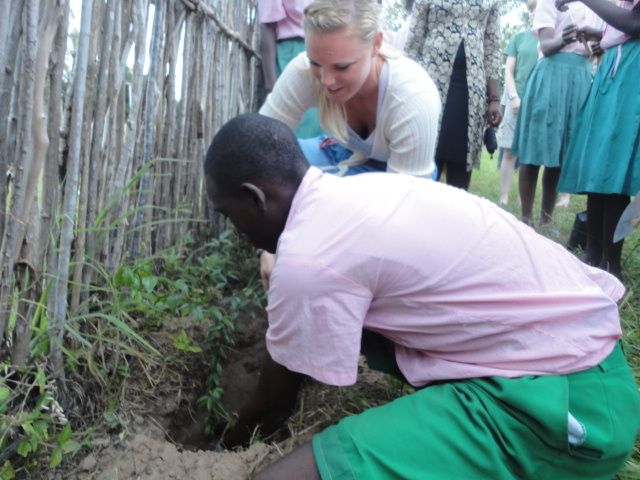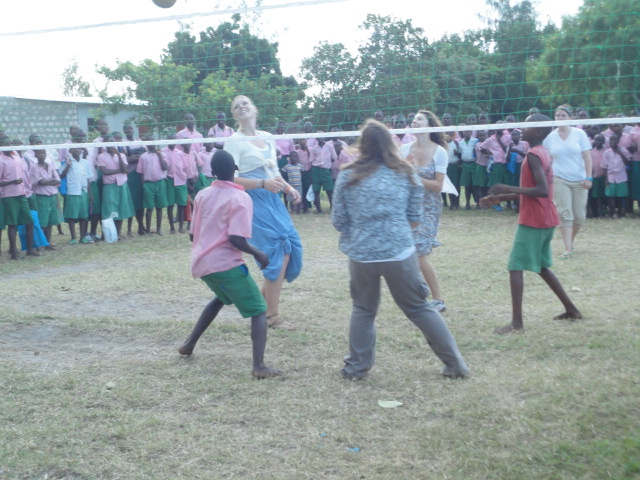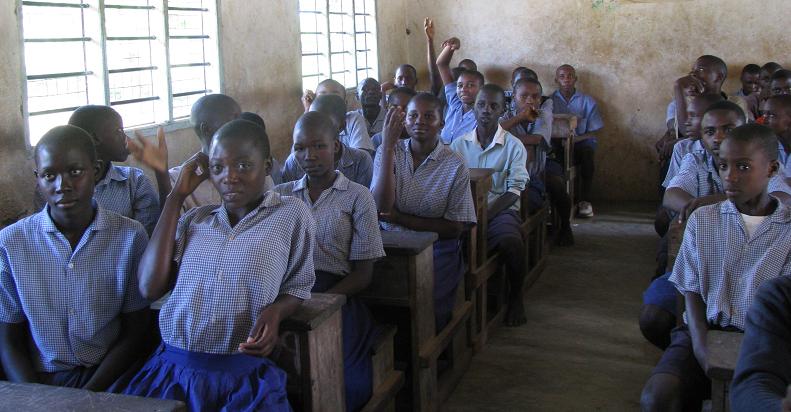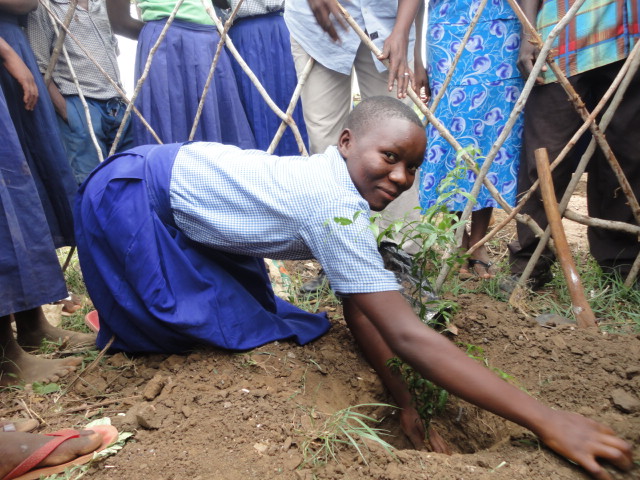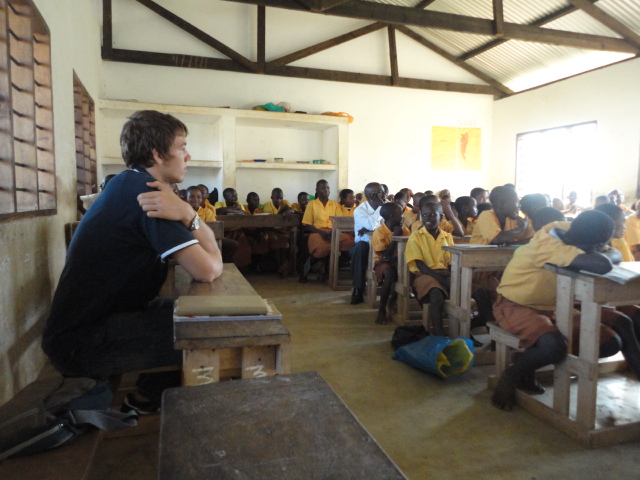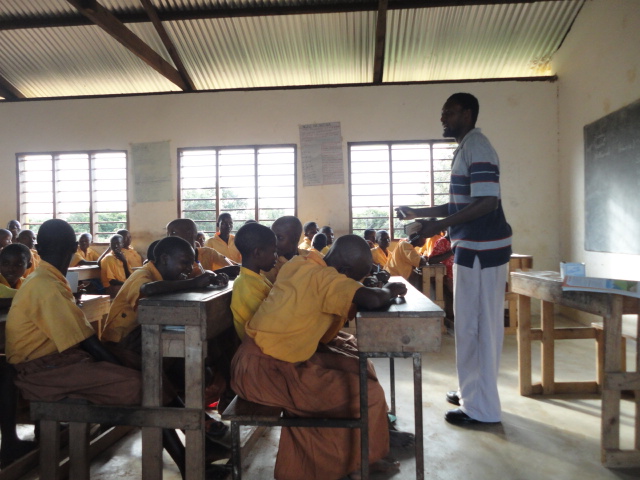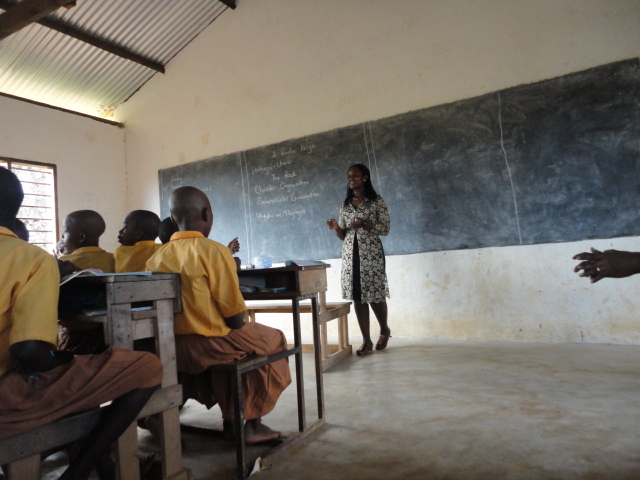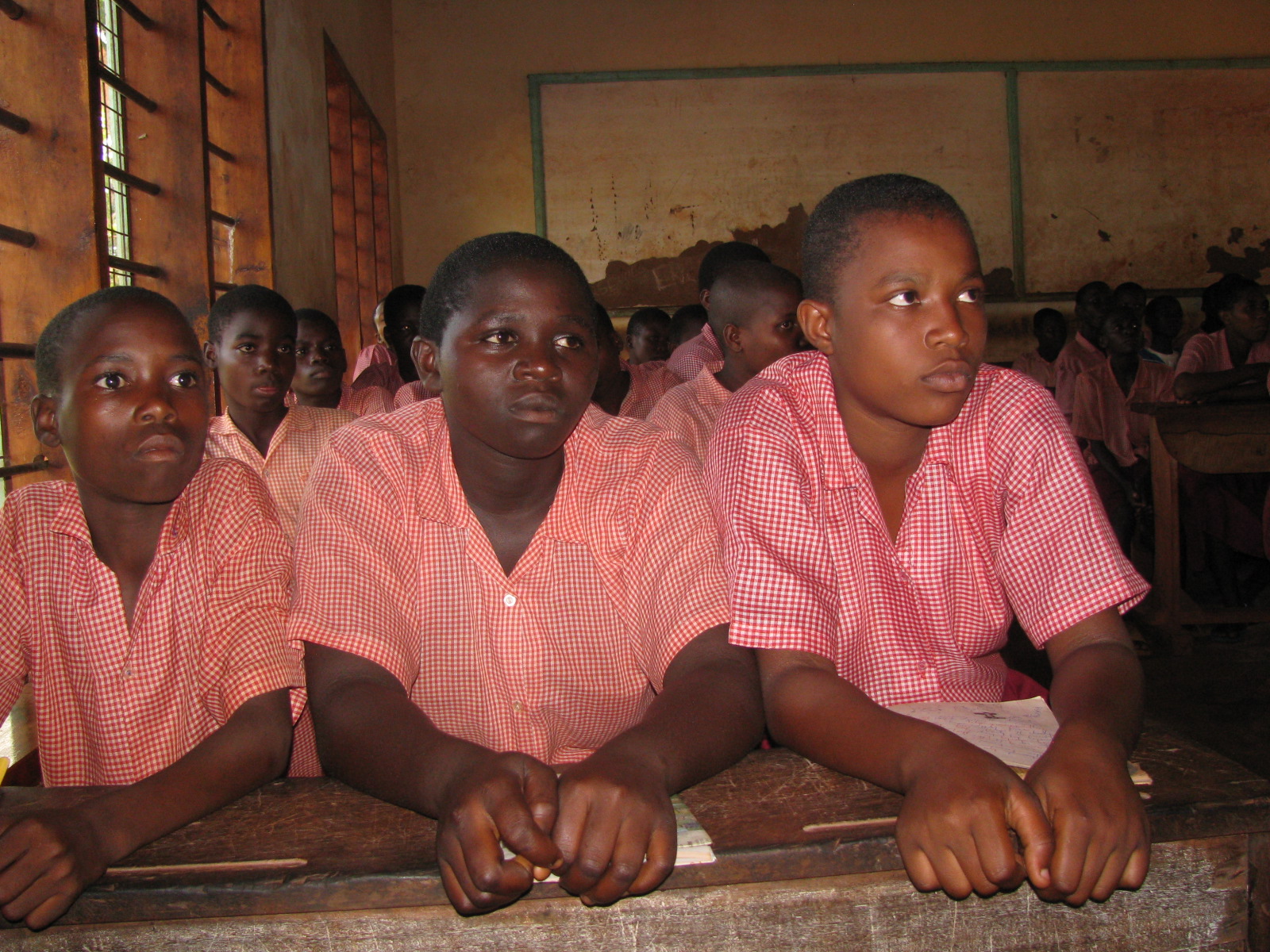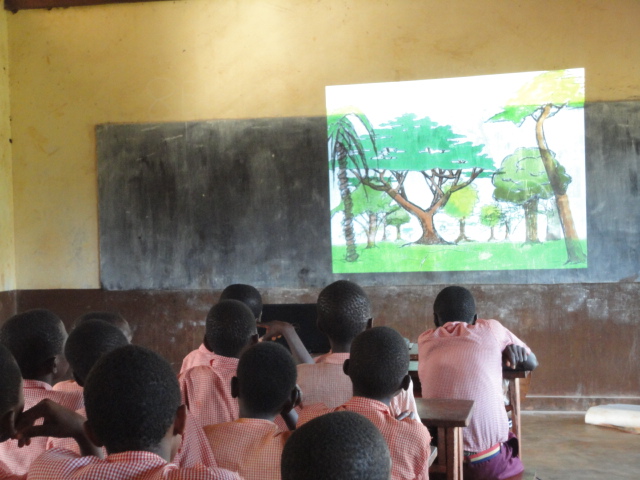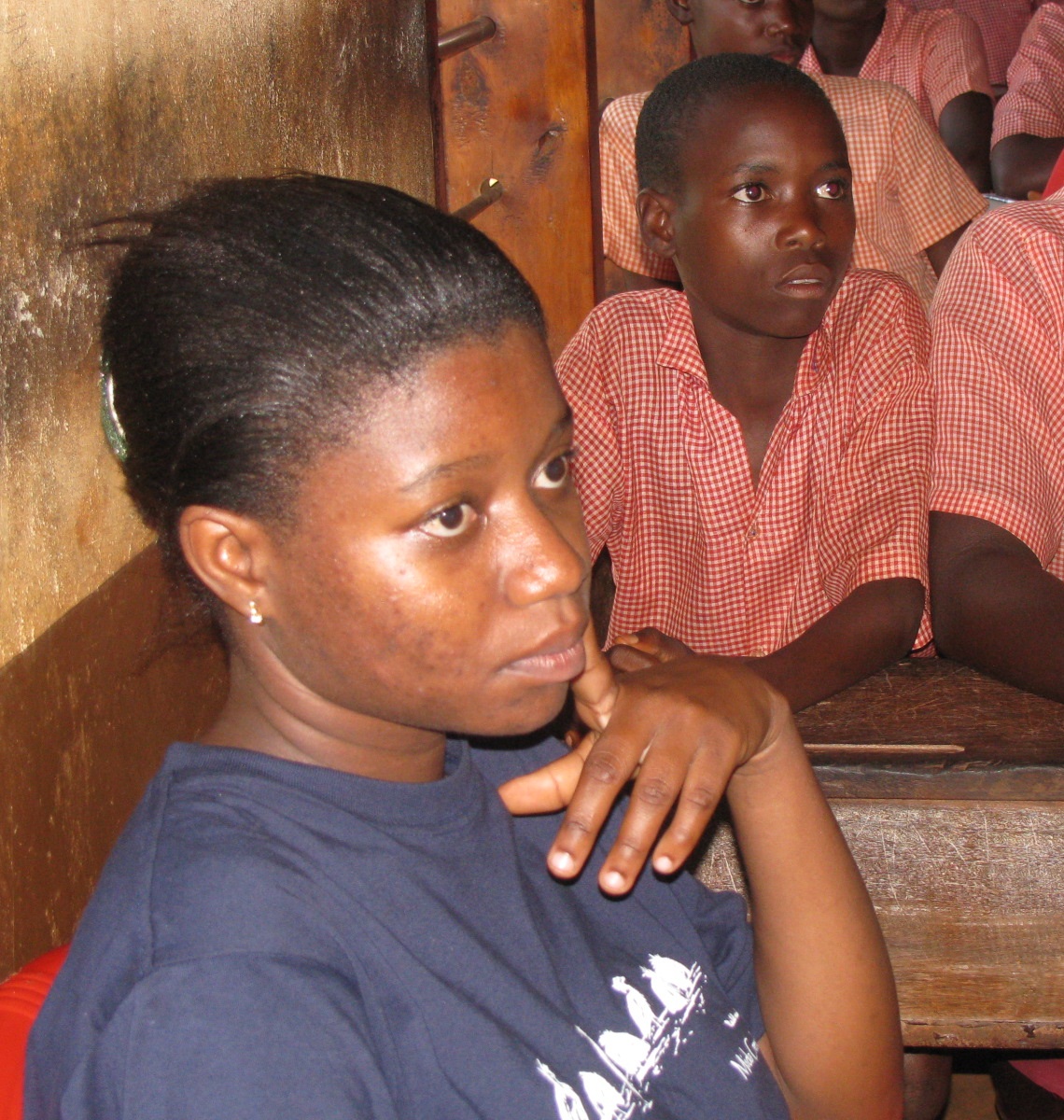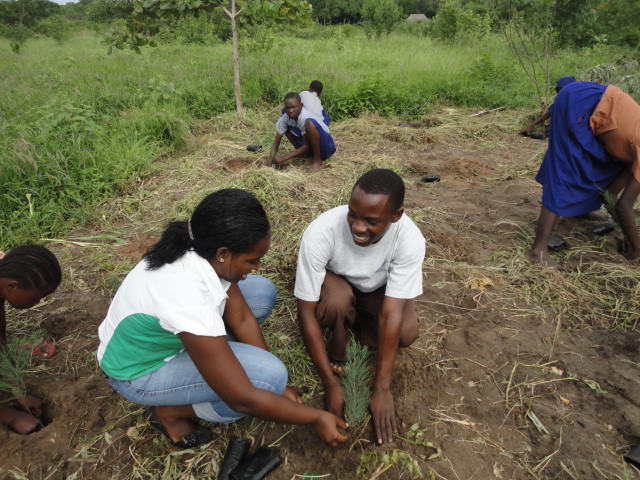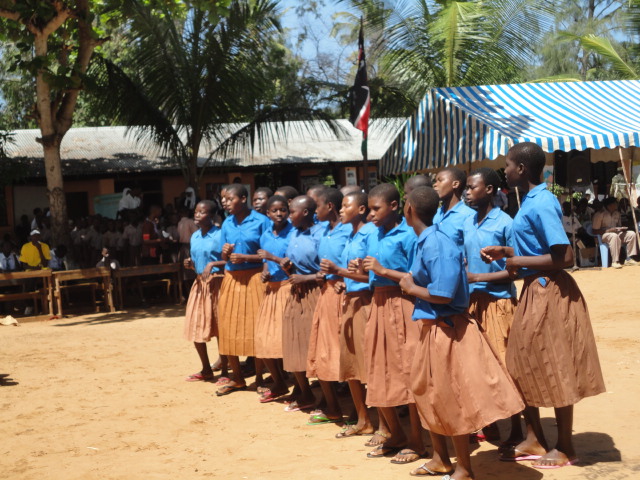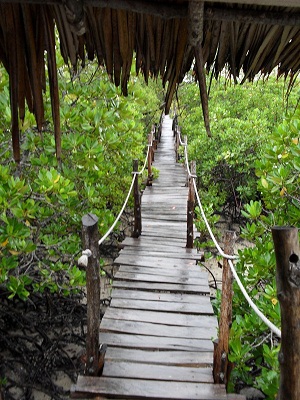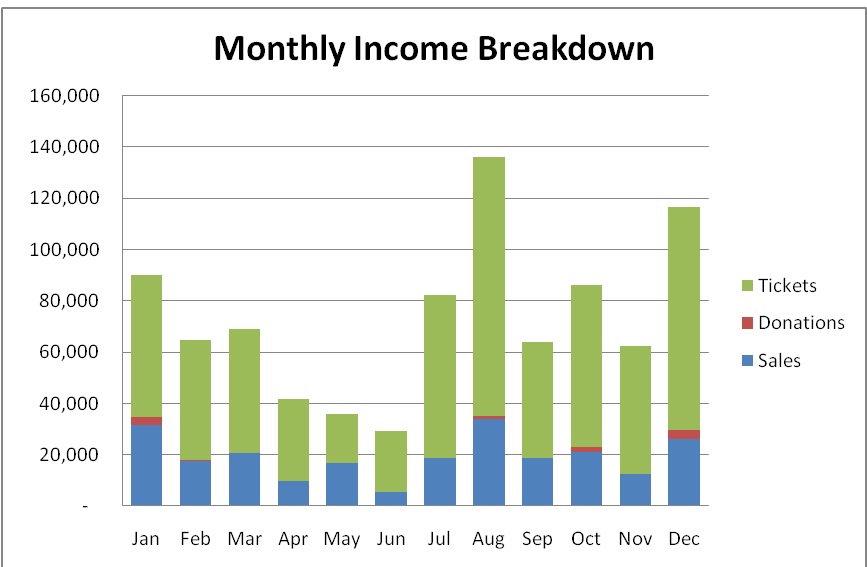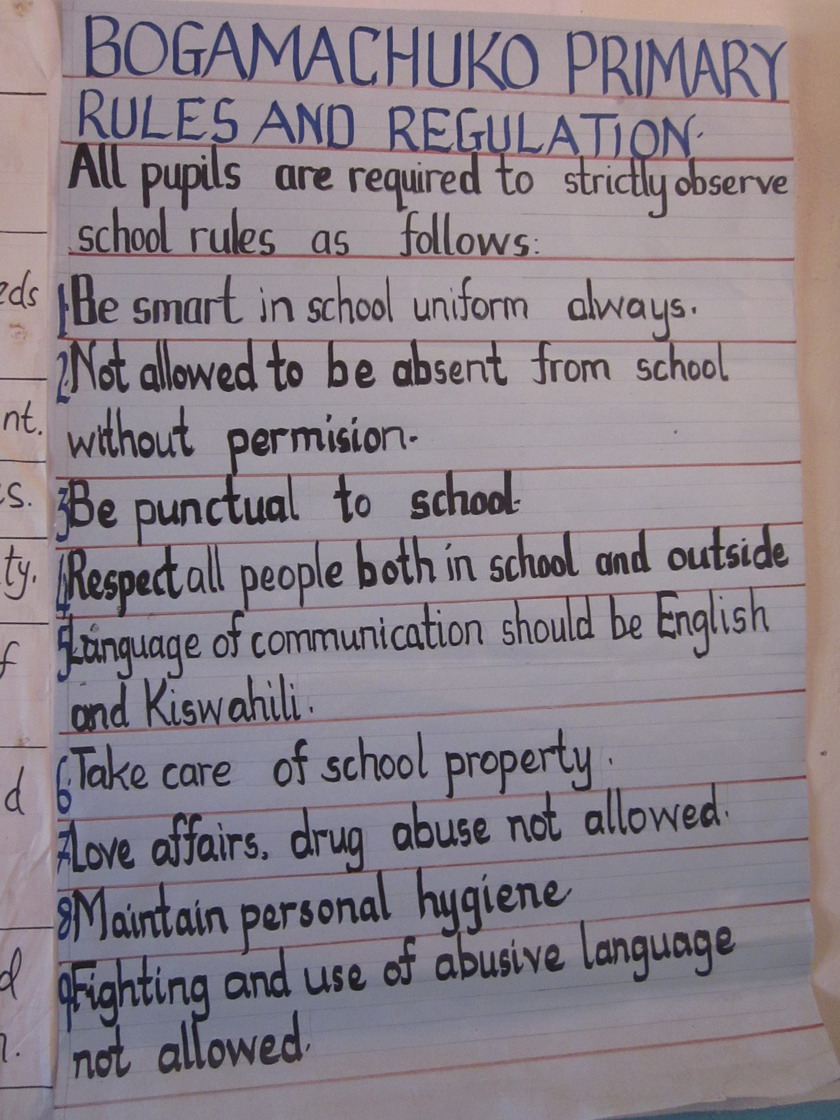
It was again necessary to take the road less travelled inorder to accomplish a great mission. The last time we were on this road was in November 2011; when it was wet, cooler and green. this time round the conditions are the extreme opposite, hot, dusty and brown. We were heading for environmental education at Bogamachuko Primary school on the western edge of Arabuko-Sokoke Forest.
With three overseas volunteers, it was necessary to arrive just after classes to avoid disrupting learning in this school where they hardly see foreigners. by 3 pm we had arrived, and went straight into the head-teachers office where Mr Mwambao and Mr Bali gave us a brief about the school.
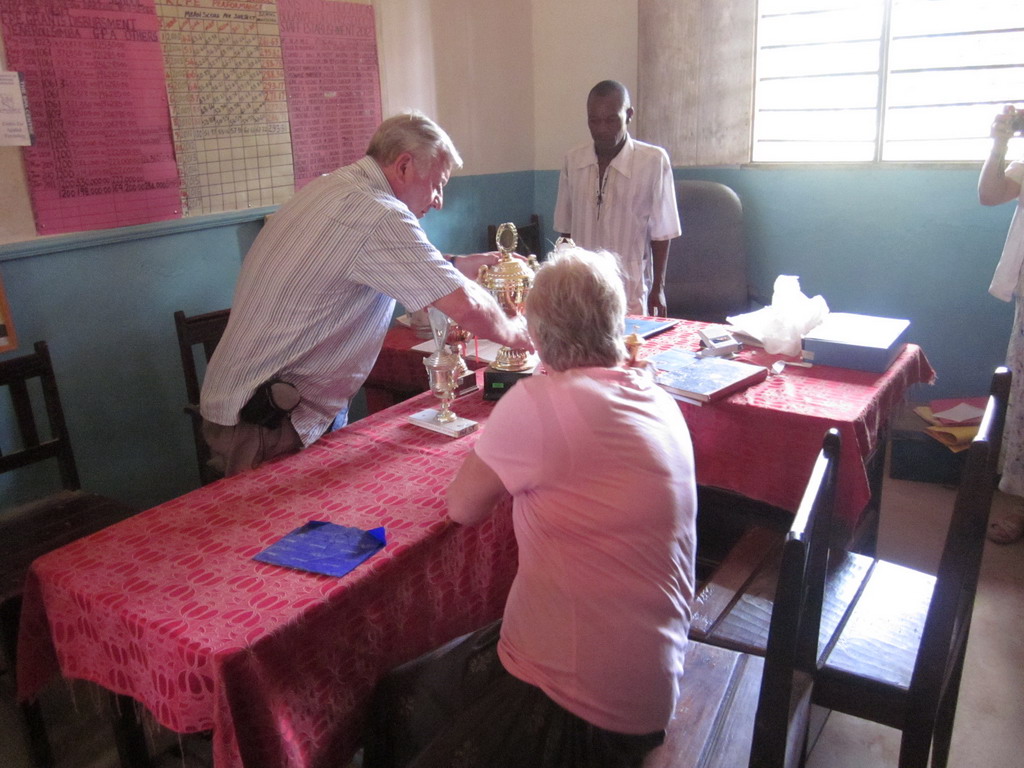
It was very interesting to lean about the many achievements that the school had accomplished in the last few years.
An hour later, it was time for playing the "Wader Migration Game" when twenty five students split up into two teams. The game challenges the players to realise what chances of survival birds have as they migrate between the breeding and roosting sites.
Technorati Tags: environmental education, migration






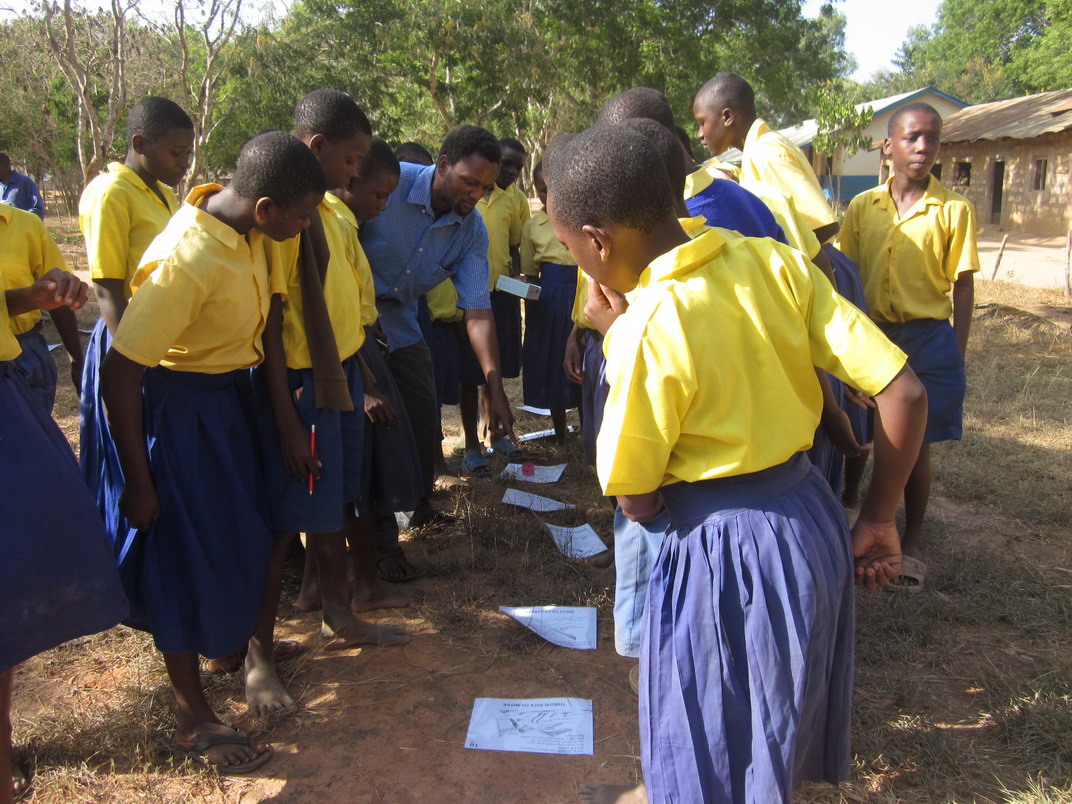
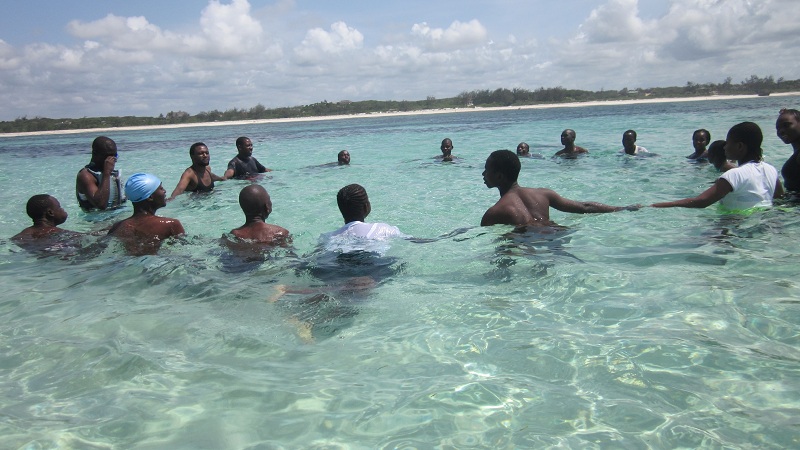 A big thank you goes to Stanley, Festus, and Bimbo, who put in a lot of time preparing. They are hard at work now preparing for our second ASSETS Camp, which takes place from August 27-29. Keep us in your prayers as we hope to provide a wonderful experience for this group coming in!
A big thank you goes to Stanley, Festus, and Bimbo, who put in a lot of time preparing. They are hard at work now preparing for our second ASSETS Camp, which takes place from August 27-29. Keep us in your prayers as we hope to provide a wonderful experience for this group coming in!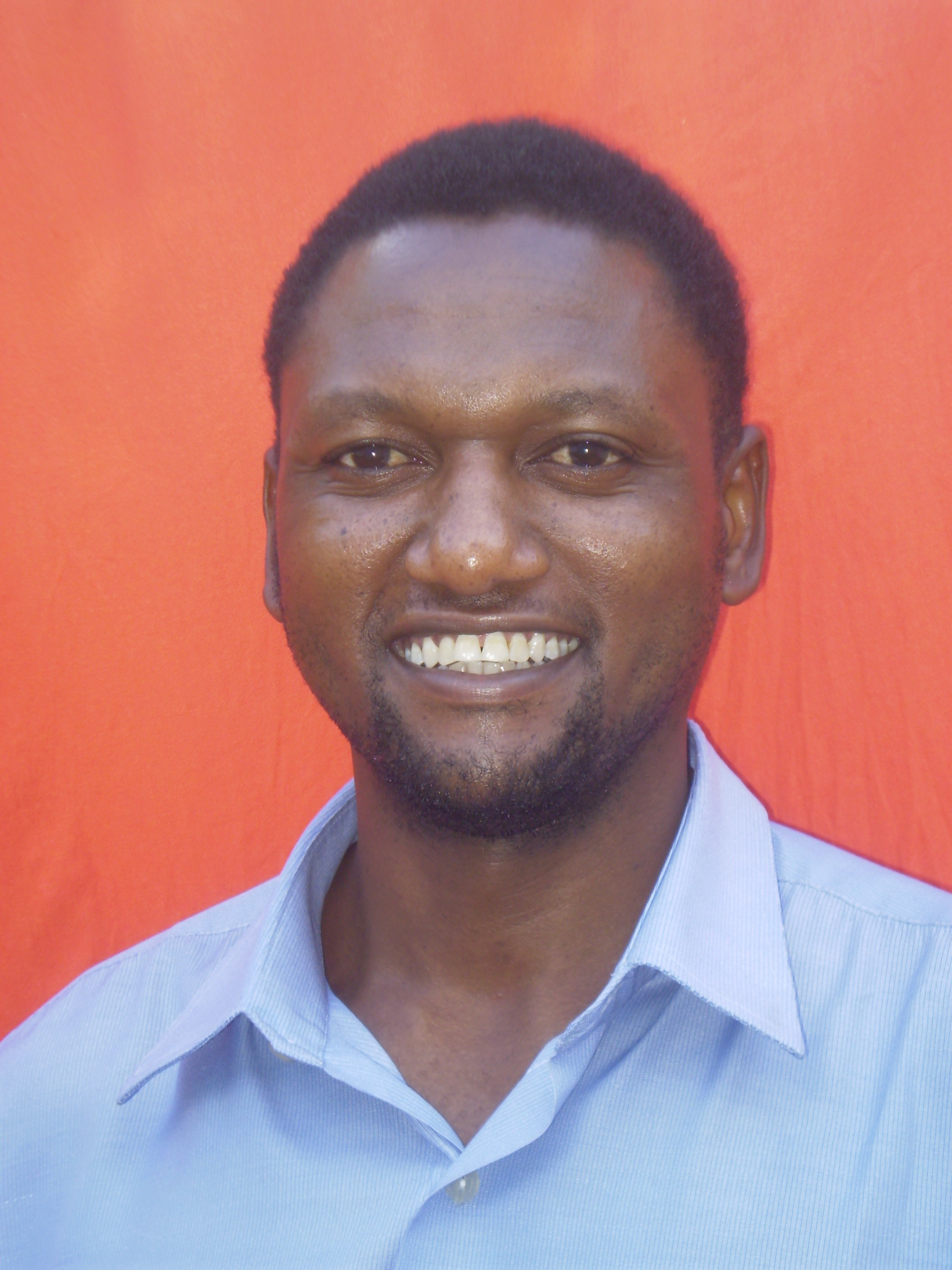 June and July are supposed to the coldest months at the coast of Kenya, equivalent to winter in temperate zones. Indeed it is quite cold at the moment, about 24° Celsius. I guess we are experiencing our share of the effects of climate change to which we have though in small ways contributed to. Climate change is one of the topics to be discussed by the ASSETS beneficiaries during the upcoming camps. On the 3rd and 4th of August 20 local children will be gathering at Mwamba Field Study Centre to participate in environmental education activities. Among the activities planned is a snorkeling trip to the Watamu Marine National Park, Bioken Snake Farm and Kipepeo butterfly project.
June and July are supposed to the coldest months at the coast of Kenya, equivalent to winter in temperate zones. Indeed it is quite cold at the moment, about 24° Celsius. I guess we are experiencing our share of the effects of climate change to which we have though in small ways contributed to. Climate change is one of the topics to be discussed by the ASSETS beneficiaries during the upcoming camps. On the 3rd and 4th of August 20 local children will be gathering at Mwamba Field Study Centre to participate in environmental education activities. Among the activities planned is a snorkeling trip to the Watamu Marine National Park, Bioken Snake Farm and Kipepeo butterfly project.